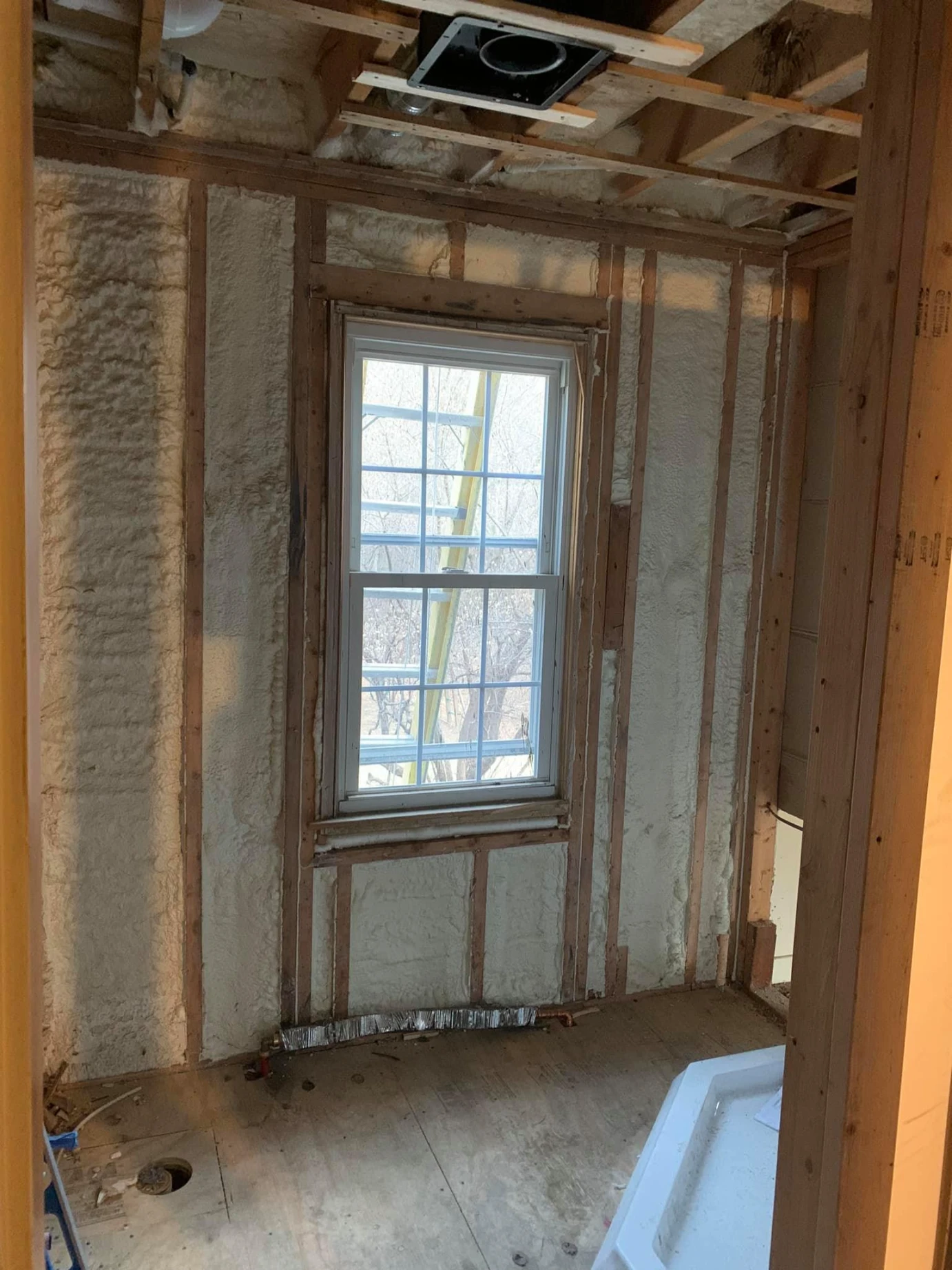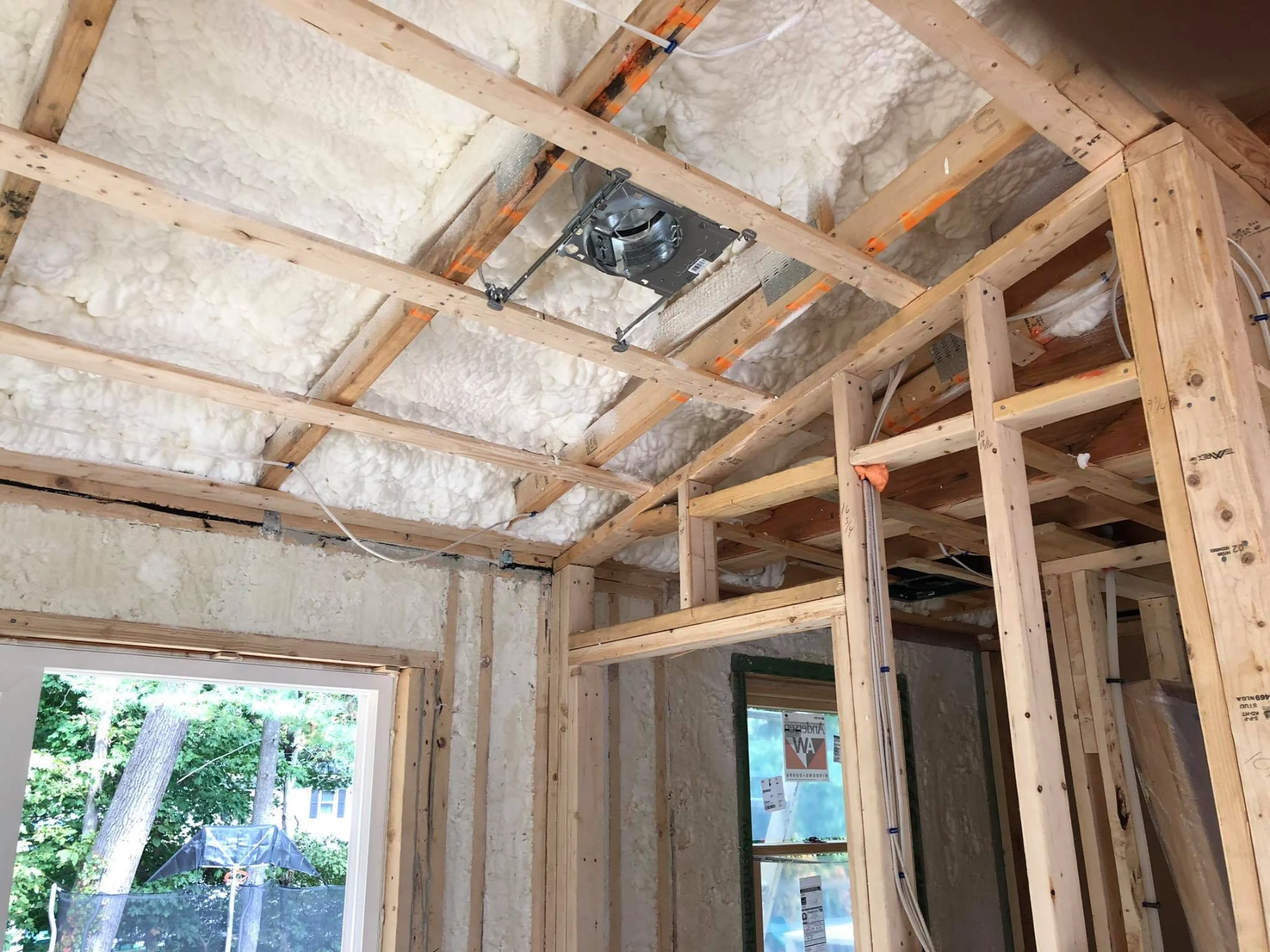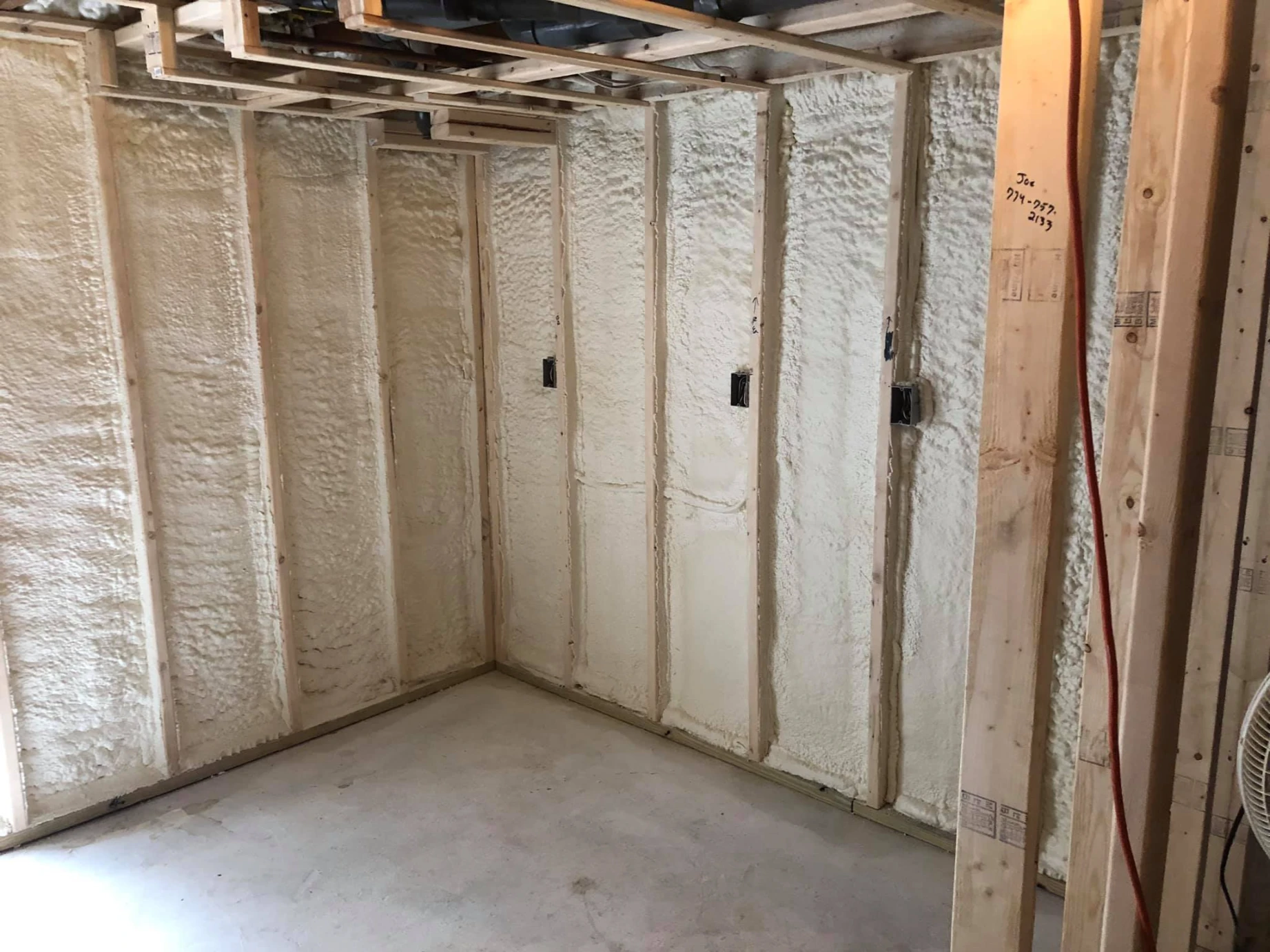
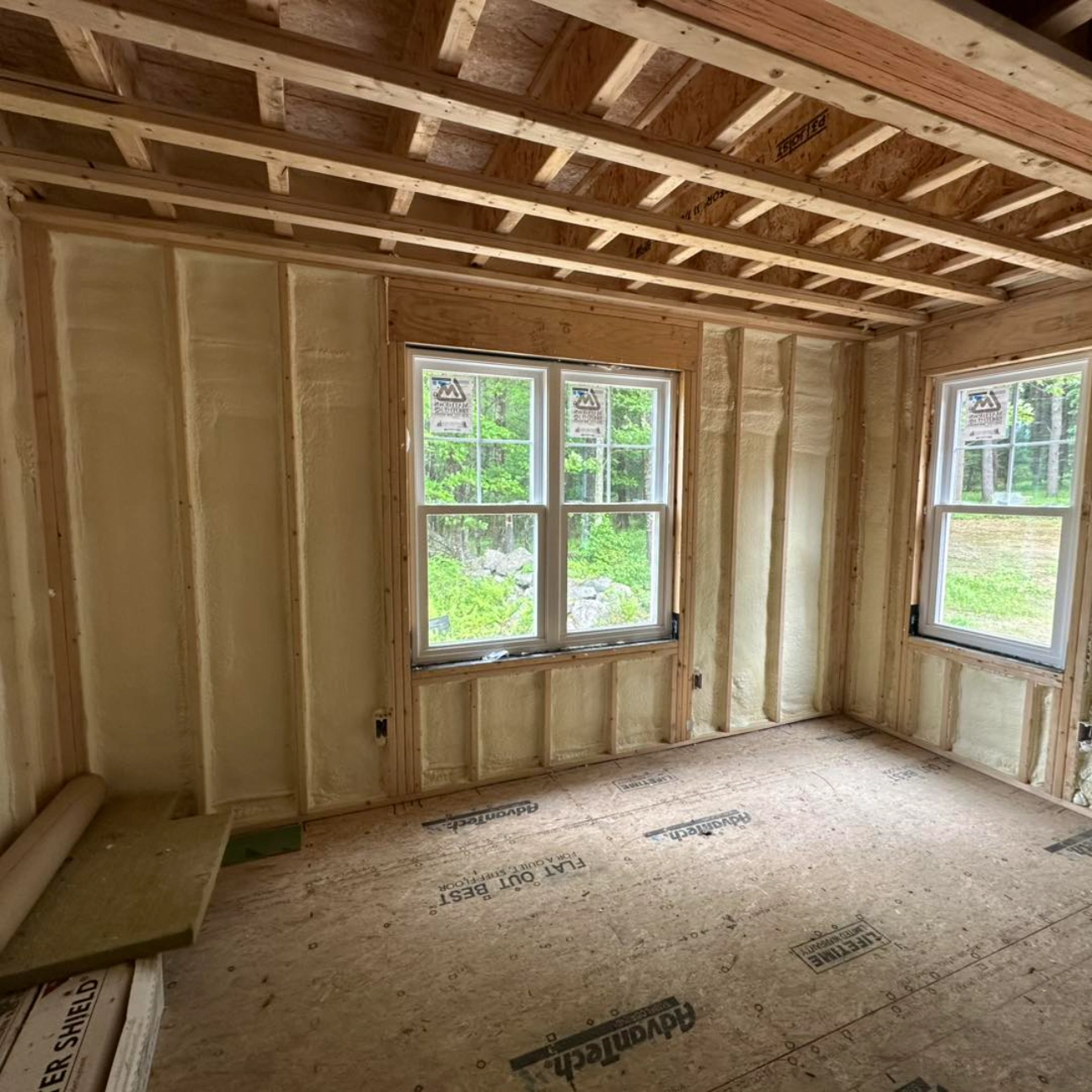
Moisture intrusion is a recurring issue in Southbridge, MA, where seasonal humidity swings and older building construction styles leave properties vulnerable. Insulation reduces the risk by controlling surface temperature and limiting condensation on interior walls and ceilings. Spray foam insulation, particularly closed-cell, creates an effective moisture barrier that blocks vapor infiltration and seals structural gaps.
Moisture problems often begin where insulation is either missing, degraded, or improperly installed. Trapped humidity not only encourages mold growth but compromises indoor air quality and damages structural materials. Using the right insulation types and application methods addresses both vapor control and thermal regulation—two major drivers behind moisture imbalance.
Lamothe Spray Foam Insulation applies insulation methods proven effective in this region, with field knowledge of how Southbridge properties respond to changing moisture loads and thermal bridging across seasons.
Older homes in Southbridge often feature under-ventilated attics, unsealed crawlspaces, or poorly insulated walls all of which allow warm indoor air to meet cold exterior surfaces. The result is condensation, leading to long-term moisture buildup. Below-freezing winters and humid summers further stress vapor control systems.
These common triggers often contribute to moisture-related issues:
| Insulation Type | Vapor Barrier Effectiveness | Air Sealing Ability | Water Absorption | Best Use Areas |
|---|---|---|---|---|
| Closed-Cell Spray Foam | High | High | Minimal | Crawlspaces, attics, rim joists |
| Open-Cell Spray Foam | Moderate | High | Moderate | Interior walls, sound insulation |
| Blown-In Cellulose | Low | Moderate | High | Wall cavities with vapor control |
| Mineral Wool | Low | Low | Moderate | Fire-rated assemblies, basements |
| Dense-Pack Cellulose | Moderate | Moderate | Moderate | Retrofit wall systems |
| Property | Closed-Cell Spray Foam | Open-Cell Spray Foam | Cellulose (Dense-Pack) | Mineral Wool |
|---|---|---|---|---|
| R-Value per Inch | 6.0 – 7.0 | 3.5 – 3.7 | 3.6 – 3.8 | 4.0 – 4.3 |
| Vapor Permeability (perm) | <1.0 | 10 – 15 | ~20 | >30 |
| Expansion Ratio | 30x | 100x | N/A | N/A |
| Mold Resistance | High | Moderate | Low | High |
Southbridge falls within a mixed-humid climate zone. Moisture control strategies must account for both vapor drive from outside in (summer) and inside out (winter). In many cases, hybrid systems using both spray foam and cellulose insulation offer balanced protection. Attic air sealing combined with closed-cell foam around rim joists is especially effective at controlling humidity.
Bonus Tip: Avoid vapor barriers on both sides of wall assemblies. This traps moisture and leads to hidden mold growth. Use breathable wall systems in older homes.
Bonus Tip: Request a blower door test before insulation to locate unintended air leaks contributing to moisture problems.
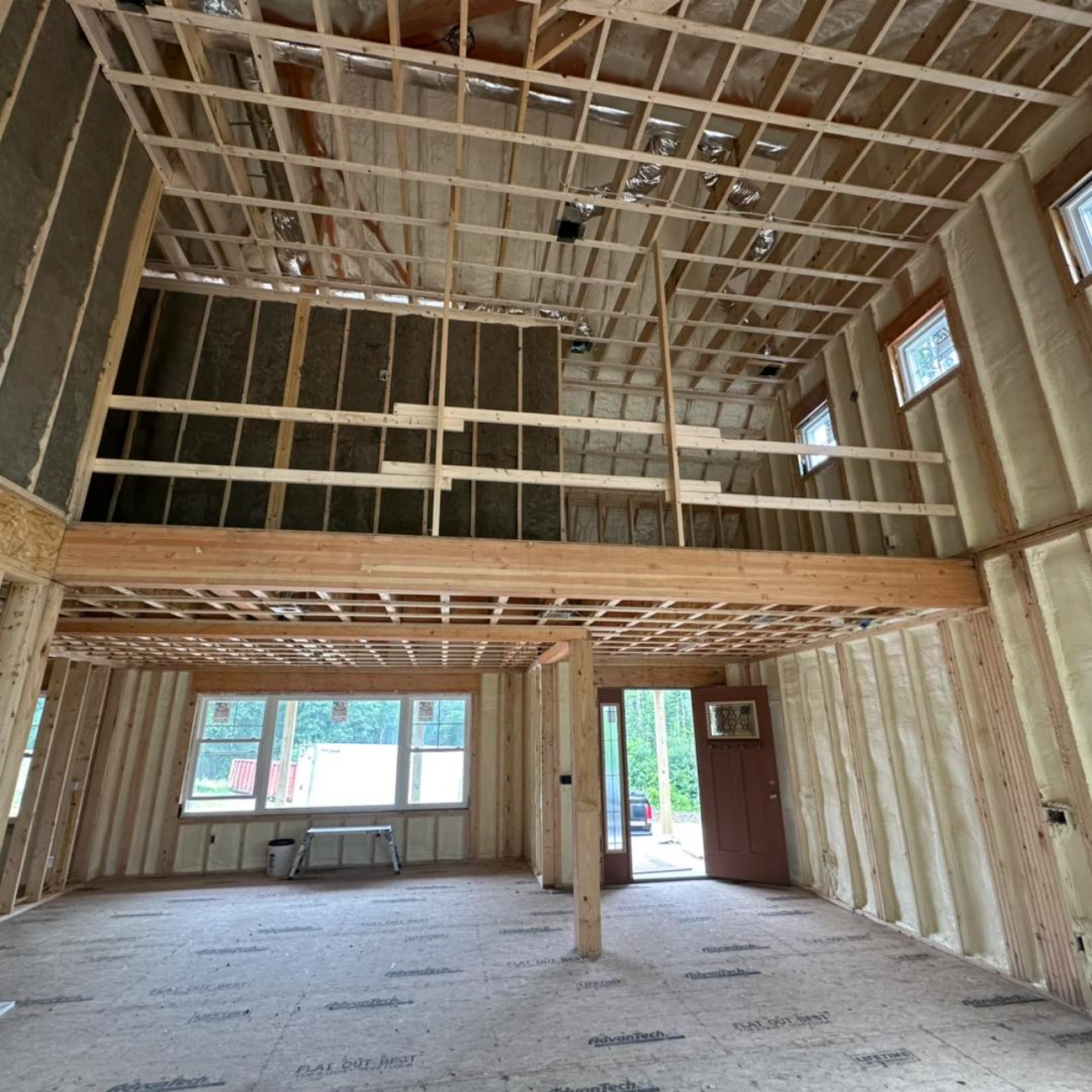
By maintaining surface temperatures above the dew point and limiting air infiltration, insulation blocks the condensation that fuels mold.
Attics, rim joists, basements, and crawlspaces are typical hotspots. These zones benefit most from sealed and moisture-resistant insulation.
Insulation prevents future problems but must be paired with remediation for current moisture damage. Existing mold or water damage must be addressed first.
Not when applied strategically. Closed-cell foam at rim joists and crawlspaces improves air quality without over-sealing the envelope.
For tailored solutions to moisture challenges in Southbridge, contact Lamothe Spray Foam Insulation at (508) 847-0119 or email [email protected]. The team applies proven material combinations and field-tested methods based on firsthand knowledge of local structures and climate patterns.
Twice a year especially before winter and summer peaks. Look for signs of staining, odor, or sagging.
Peeling paint, musty smells, and soft or discolored drywall typically signal hidden moisture.
Cellulose may settle or absorb moisture over time. Spray foam retains performance as long as building movement is minimal.
In many cases, yes but verify that trapped layers won’t hinder drying or cause mold. Removal is often recommended for compromised insulation.
Closed-cell spray foam resists moisture and adheres well near utility lines without degrading.

